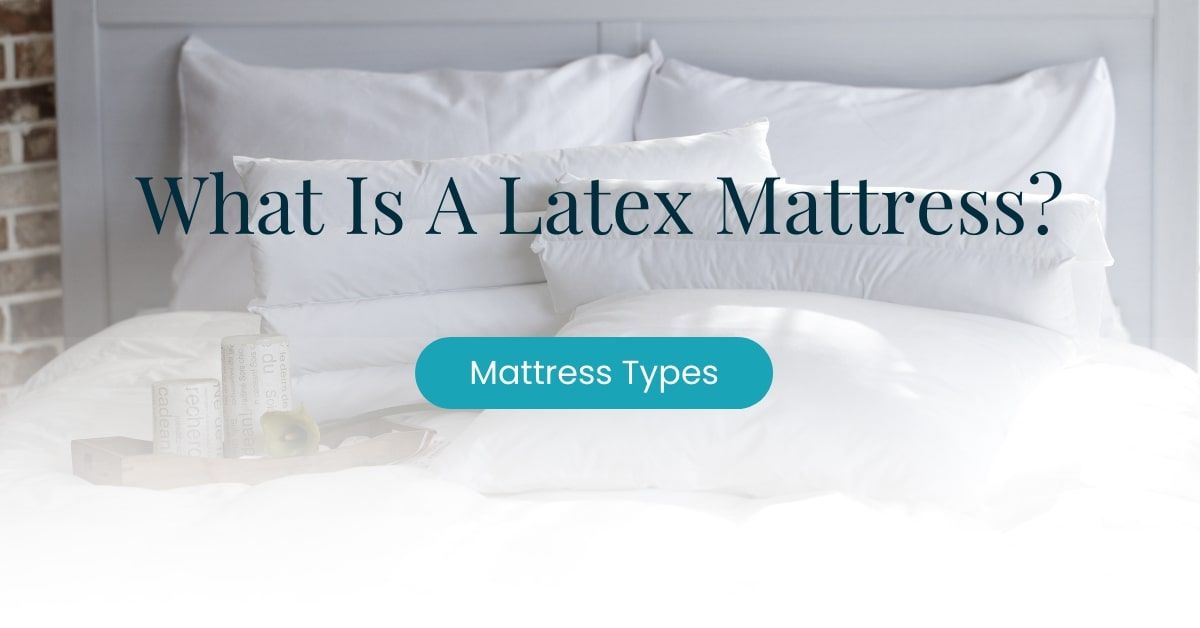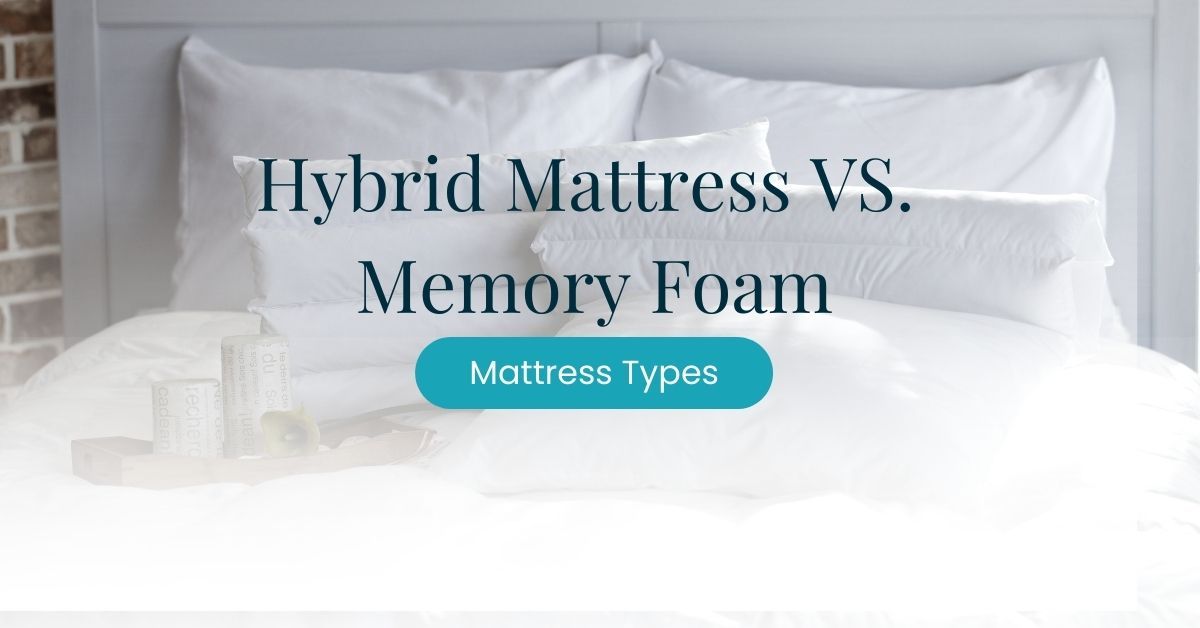Are you fed up with waking up in the morning with aches and pains from a sagging mattress? Do you find yourself tossing and turning, trying to get comfortable, only to find yourself in the same uncomfortable position a few hours later?
If so, you’re not alone.
A sagging mattress can be a real frustration, affecting not only the quality of your sleep, but also your overall mood and daily life.
It’s a real bane, causing discomfort and chronic aches and pains. Not only can it disrupt your sleep, leaving you feeling tired and grumpy, but it can affect your productivity and long-term health. If you’re struggling with a sagging mattress, the time to take action is today.
Don’t worry, it’s not as difficult as you might think. By following these 7 simple techniques, you can fix your sagging mattress. You’ll be able to sleep well, feel refreshed, and tackle your day with renewed energy and enthusiasm.
Method 1: Flip or Rotate Your Mattress
The first method is a straightforward trick usually used for mattress maintenance purposes. Flipping or rotating your mattress is a simple trick, and what it does is also evident.
When you flip your mattress, the sagging issue may disappear since you’re using the unused side. On the other hand, when you rotate the mattress, the sagging area can be directed to other areas of the bed that you don’t use often.
However, remember that not all mattresses can be flipped or rotated. For example, single-sided mattresses can’t be flipped, and mattress models with surface zoning features can’t be rotated.
In this case, refer to the other methods below.
Method 2: Buy A Mattress Topper
The easiest trick to instantly fix the sagging is to buy a mattress topper. If you don’t know what mattress toppers are, they’re like mini-mattresses that you put on top of your mattress to alter its feel.
Mattress toppers also prevent premature sagging by shielding your current mattress from natural wear and tear. Aside from that, toppers also help prolong your mattress’s lifespan—saving you more money in the long run.
A memory foam mattress topper excels in fixing a sagging mattress as it offers body contouring capabilities and generalised weight support, giving you a good night’s sleep.
Method 3: Replace the Box Spring or Foam Layer
Mattress sagging can be alleviated by replacing the box spring of your existing frame. Sometimes, box springs can cause mattress areas to sag, especially if the coils are too dense and tight.
You can go to your local mattress store and ask for a new box spring, and while you’re at the store, you can also ask for a replacement foam layer if your mattress’s top layer can be replaced.
Doing this can reduce or potentially eradicate sagging issues from your mattress. Plus, your mattress may become more comfortable since you replaced the foam layer and upgraded the box spring.
Method 4: Use a Piece of Plyboard
As mentioned earlier, pieces of coils continuously pushing the mattress upright can cause sagging issues. To remedy this, place plywood between your mattress and the bed frame.
The plyboard acts as a buffer between the mattress and the bed frame. Still, the primary purpose of the plyboard is to equalise the weight distribution across every inch of the surface of the mattress to prevent localised sagging.
Appropriate weight distribution is often interconnected with mattresses with perfectly even surfaces. If you don’t have a plyboard, placing your bed on an even, solid surface would suffice.
Your floor would be good, too, provided that it’s clean and moisture-free—otherwise, you’re damaging your mattress in other ways.
Method 5: Replace the Bed Frame
If your bed frame isn’t doable, you can replace it. Sometimes, the bed frame is at fault when you feel your mattress is saggy and uncomfortable.
You can ditch the box spring and settle for a perfectly flat bed frame with flexible (but not too flexible) slats. This way, your mattress’s weight is evenly distributed, and mattress support is optimal.
If possible, don’t choose metal bed frames as the slats are particularly stiff, which increases the severy of sagging in your mattress. Suitable frames have slightly flexible properties that let your mattress dissipate some of your body weight when sleeping.
Method 6: Use More Pillows
Pillows are soft and supportive; they’re made for that purpose anyway. Sleeping with a pillow underneath you can act as a band-aid when dealing with a sagging mattress.
More pillows also mean you’re restricted to a particular position, thereby preventing you from feeling the saggy area of the bed. This might seem like an actual band-aid solution, but it really is; there’s no denying that.
The good thing is this method is easy to follow, and you’ll be more comfortable in the presence of multiple pillows. Much like pillow heaven, if you will.
Method 7: Purchase a New Mattress
If all of the above fails to help your existing mattress, you should buy a new mattress. As we’ve said, purchasing a new mattress is your last option, and there’s no shame in buying a new one if the above mentioned methods don’t work in your favour.
Latex mattresses are good if you’re choosing a mattress resistant to sagging. In fact, they’re the most durable mattresses around lasting up to 20 years. If you want something cheaper that can alleviate some of your back pain issues and improve sleep quality, go for a pocket spring.
Pillow top mattresses need fluffing as they aren’t resistant to sagging compared to latex mattresses. It’s also good to choose more reputable brands that use higher-quality materials.
What Causes a Mattress to Sag?
There is a myriad of reasons that cause a mattress to sag; the most common of these are:
- Improper care and maintenance or the lack thereof
- Too much mattress usage (such as working in bed and sitting for long periods)
- Using the mattress as a playground (using it as a trampoline or a wrestling ring)
- Poor material quality (manufacturer’s fault)
- Poor build quality (manufacturer’s fault)
Certain types of mattresses are also more common to sagging than others. Pillow tops often sag, as well as innerspring and memory foam. If you prefer these mattresses, opt for a more reputable brand like Brook + Wilde that uses premium, durable materials.
How to Prevent Mattress Indentations and Sagging?
Taking proper care and maintaining your mattress is the first step to prevent sagging and indentations. Most mattresses can be rotated, which equalises the weight distribution on the surface of your mattress, reducing wear in specific areas.
Some mattresses can also be flipped, which helps reduce sagging by allowing even usage of both sides. The bottom side becomes the top side, ensuring an equal distribution of wear.
Using protective items such as mattress toppers and pads can also help prevent sagging. These accessories absorb daily wear and tear, preserving your mattress’s structural integrity.
Is a Sagging Mattress Bad For You?
A sagging mattress can be detrimental to your health. It may cause back pain by taking your spine out of its ideal neutral alignment.
Besides back pain, people sleeping on sagging mattresses often report other body pains. Sagging areas can strain various body pressure points, such as the neck, shoulder blades, hips, and knees.
In many cases, sagging issues can be resolved. If your mattress cannot be fixed, consider investing in a sag-resistant mattress, like latex foam, and protective accessories.
Which Mattress Type Sags the Most?
Pillow top mattresses are reportedly the most prone to sagging. Since pillow tops use less dense materials (such as cotton or wool) in their top layer, as well as often being one-sided, sagging issues are common as these materials compress.
Innerspring mattresses are another type known to sag, as compressed coils can suffer microscopic breakage that affects the durability and integrity of the metal coils inside the bed. Pocket springs can also be affected, so ensure you buy high-quality ones with thicker gauges.
Proper care and maintenance, as well as investing in bed accessories, are excellent ways to reduce or even prevent premature surface sagging.
What is Mattress Settlement?
Mattress settlement is the phenomenon where your mattress’s materials compress and slightly cave in response to your body weight, leaving behind an impression of your body shape.
Settlement is expected and particularly common in mattresses with microfibre lining in the comfort layer. However, it can be a concern if the settlement doesn’t fade within a few hours.
If this occurs, rotate or flip your mattress to prevent the settlement from worsening. For pillow top mattresses with settlement issues, try fluffing the mattress to achieve more immediate results.
How to Prevent Mattress Settlement?
It’s impossible to prevent mattress settlement entirely, as every new mattress will show mild signs of settlement with use. This is not an issue in itself, as settlement is a natural sign of usage.
The problem arises when the settlement doesn’t disappear hours after you wake up. To prevent this, consider investing in a mattress pad to protect your mattress from regular wear and tear.
Upgrade your protection with mattress toppers, which can effectively prevent settlement by serving as your mattress’s comfort layer. However, toppers are more expensive than mattress pads.
Do Box Springs Wear Out?
Box springs typically last between eight to ten years. They support both you and your mattress’s weight for extended periods, which strains the metal springs and can cause breakage over time.
Although not visible through visual inspection, a worn-out box spring might lose its responsiveness. Some coils may be more compressed than others, indicating the need for replacement.
While some box spring models can be replaced, not all can. If yours is damaged, you may need to purchase an entire new box spring frame.
Is a Sagging Mattress Covered Under Warranty?
If sagging occurs while still under warranty, it will most likely be covered. However, you’ll need to prove that no negligence is involved on your part. And you’ll need to prove that there is a defect that caused the premature sagging.
This is the reason why most brands don’t honour warranties for sagging mattresses lasting six years or more—because wear and tear are expected, and sagging is its manifestation.
If you notice a significant level of sagging (at least 0.5 inches deep) while your mattress is still relatively new (one to three years old), its warranty might be honoured.
Contact your mattress manufacturer if you think your mattress is sagging and still covered by warranty.





